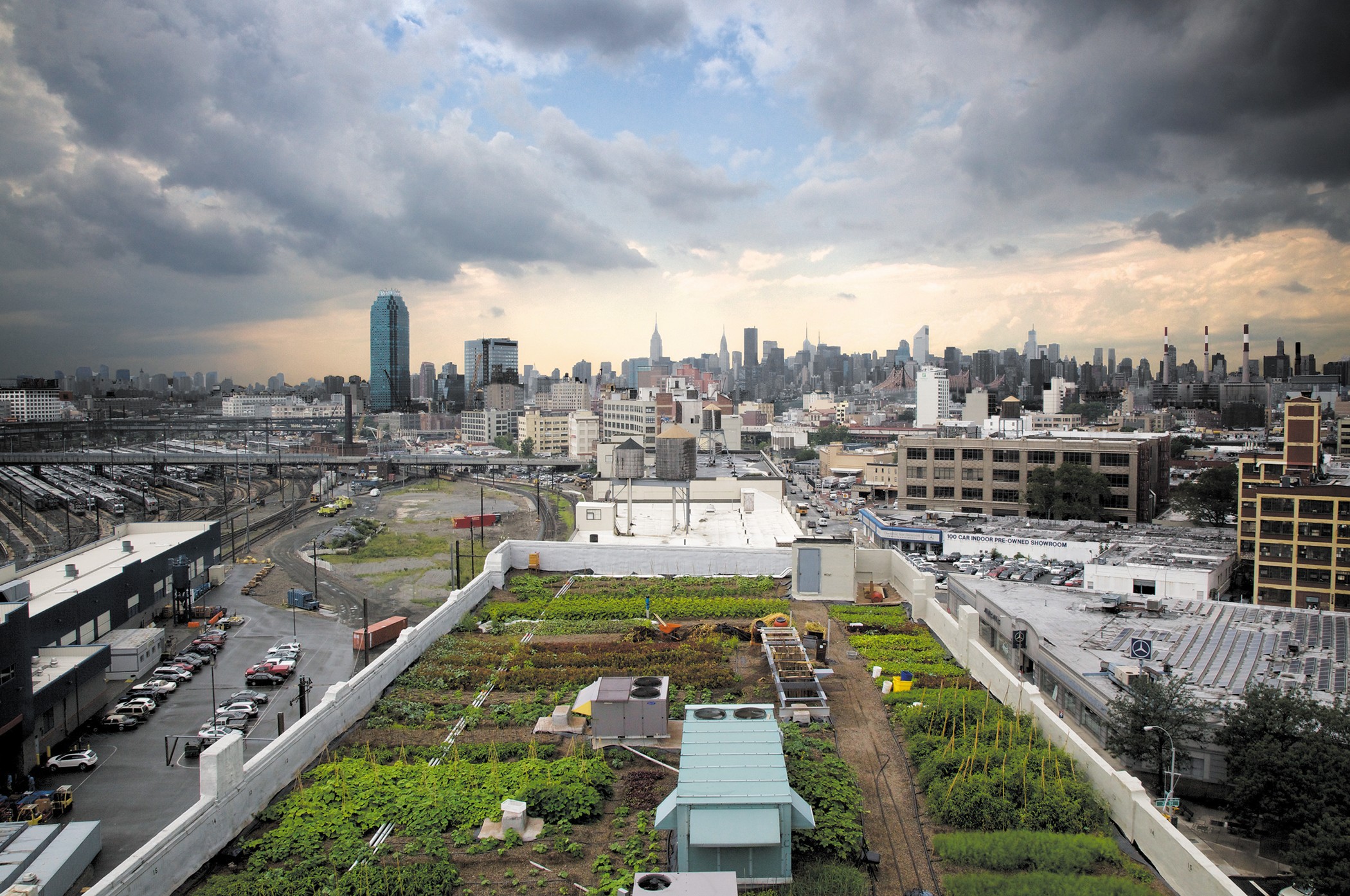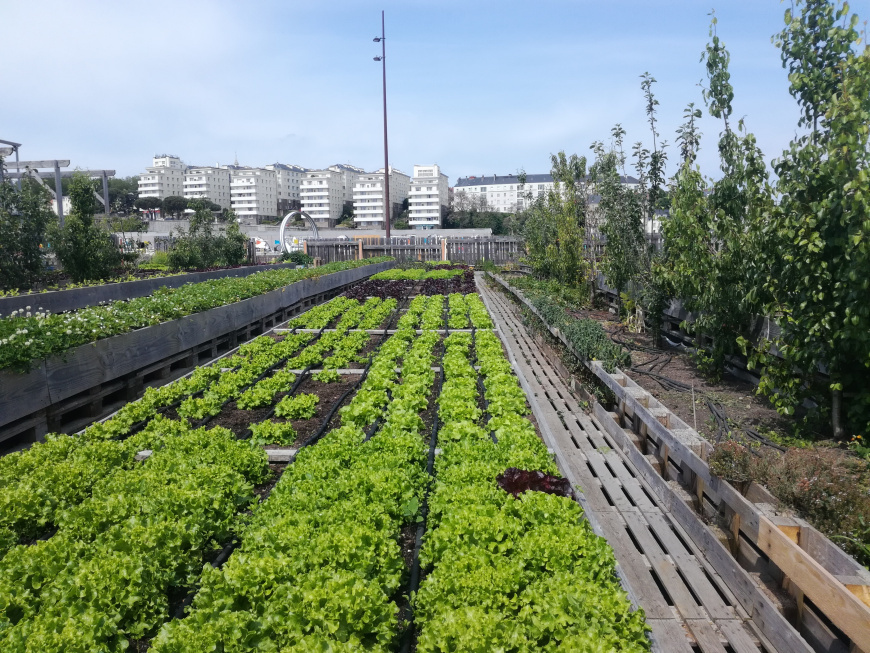The Ultimate Guide To City Blooming
Table of ContentsThe Single Strategy To Use For City BloomingCity Blooming Things To Know Before You BuyUnknown Facts About City BloomingThe 2-Minute Rule for City BloomingAbout City Blooming
Interested in growing food for sale in the City of Chicago? Below is a listing of often asked inquiries pertaining to the guidelines and laws that cultivators need to think about when planning a city agriculture project.
The zoning change does not change any other codes dealing with composting, structure permits, acquiring or renting City had building, business licenses or environmental contamination. There are existing codes that manage these problems and they stay in full effect and might apply to your job. Community gardens are typically owned or managed by public entities, civic organizations or community-based organizations and maintained by volunteers.
Urban farms grow food that is meant to be offered, either on a not-for-profit or for-profit basis. Due to their commercial objective, metropolitan ranches call for an organization permit.
City Blooming for Beginners
Composting is allowed however only for plant product that is produced and utilized on site. The amount of garden compost material can not surpass 25 cubic lawns at any type of given time according to the standards in 7-28-715 of the City's Municipal Code. Yes. Because the soil at many brand-new yard sites requires modifying, compost, dirt, wood chips, or other products can be obtained to build or boost the expanding space - sustainable gardening.

If a structure authorization is needed after that the hoophouse will be thought about an accessory structure. You can discover out even more about the building authorization demands by contacting the Division of Buildings. The 25,000-square-foot dimension limitation is planned to avoid a single community yard from controling a given block or taking away from the block's existing domestic or industrial character.
The restriction does not use to yards situated in Public Open Area (POS) areas. Can there be even more than one area garden that is 25,000 square feet on a solitary block? Fencing is not called for, however, gardens that have big auto parking locations may be required to install fencing or various other landscape design features.
The Best Strategy To Use For City Blooming
B1 & B2 districts call for that all business use activities be performed indoors. Is fencing needed for metropolitan ranches? Fences may be required, along with landscape design and testing, for certain parking areas and outside job or storage space locations depending on location and the specific task taking location.
Urban farms require structure licenses and zoning authorizations prior to construction (balcony and patio garden design). Various other forms of city testimonial may be needed depending on certain structures, activities, size, landscaping, licensing, public health and stormwater monitoring problems.
The Department of Organization Matters and Customer Protection can aid figure out the specific type of service permit that's called for. Off street car parking is required for most industrial tasks in Chicago. The needed number of auto parking areas is based on the number of workers working on site and not the square footage of the expanding area.
The smart Trick of City Blooming That Nobody is Talking About

Yes. A city farm can market garden compost product generated on site, nevertheless, the operation has to image source adhere to the laws in 7-28-715 of the Chicago Municipal Code. Yes. Aquaponic systems are allowed indoors on city ranches in many zoning districts. However, a zoning evaluation and building authorization is called for in order to set up frameworks or systems and an organization license is required as defined above.
Approximately five hives or swarms of honey bees may be kept as an accessory usage. Beekeepers should sign up with the Illinois Department of Farming. For additional information regarding the recommended zoning change you might get in touch with the Department of Real Estate and Economic Advancement, Bureau of Preparation and Zoning at 312.744.8563.
Farming in cities and metropolitan areas An urban farm in Chicago. Urban agriculture describes numerous practices of cultivating. https://moz.com/community/q/user/cityblooming, processing, and distributing food in metropolitan locations. The term additionally applies to the location activities of pet husbandry, aquaculture, beekeeping, and cultivation in a metropolitan context. Urban farming is identified from peri-urban farming, which takes place in country areas beside residential areas.
The 45-Second Trick For City Blooming
It can include a movement of organic cultivators, "foodies" and "locavores", that seek to form social media networks founded on a shared ethos of nature and community holism. These networks can establish by way of official institutional support, becoming incorporated right into local town planning as a "change community" movement for sustainable city advancement.
Some of the first evidence of urban agriculture comes from Mesopotamia.